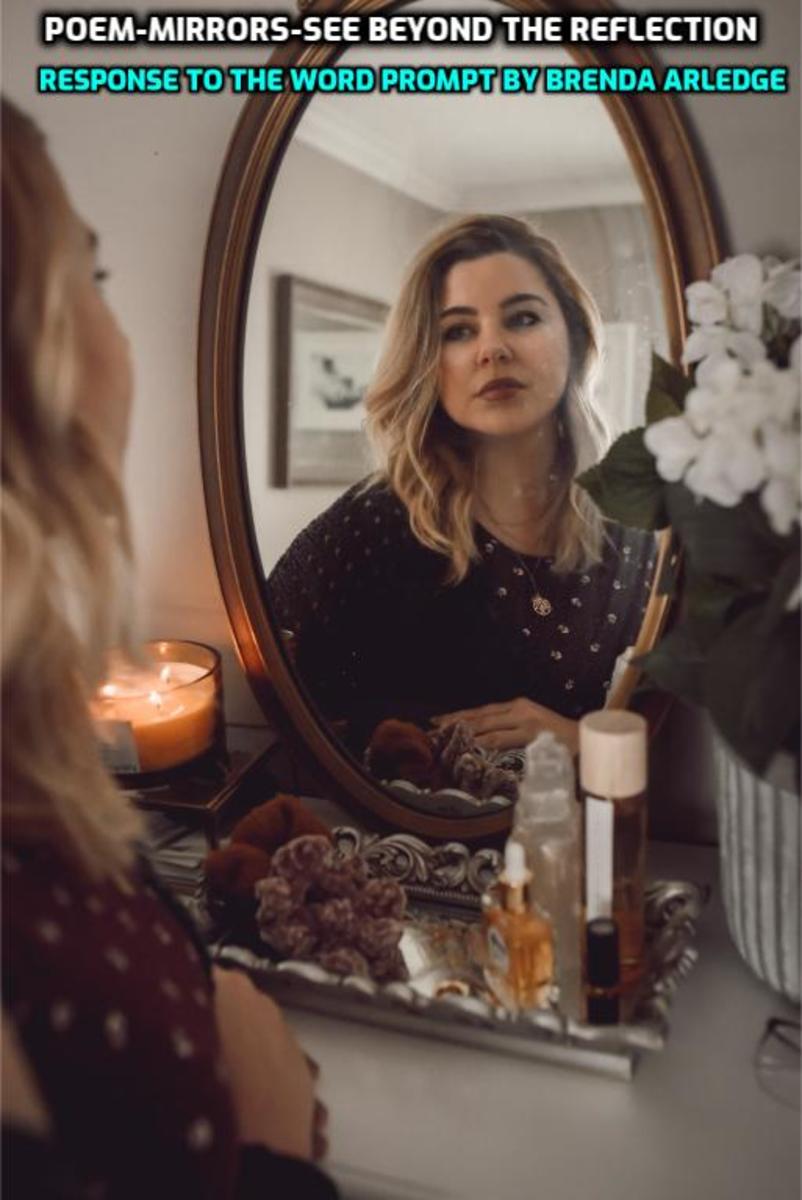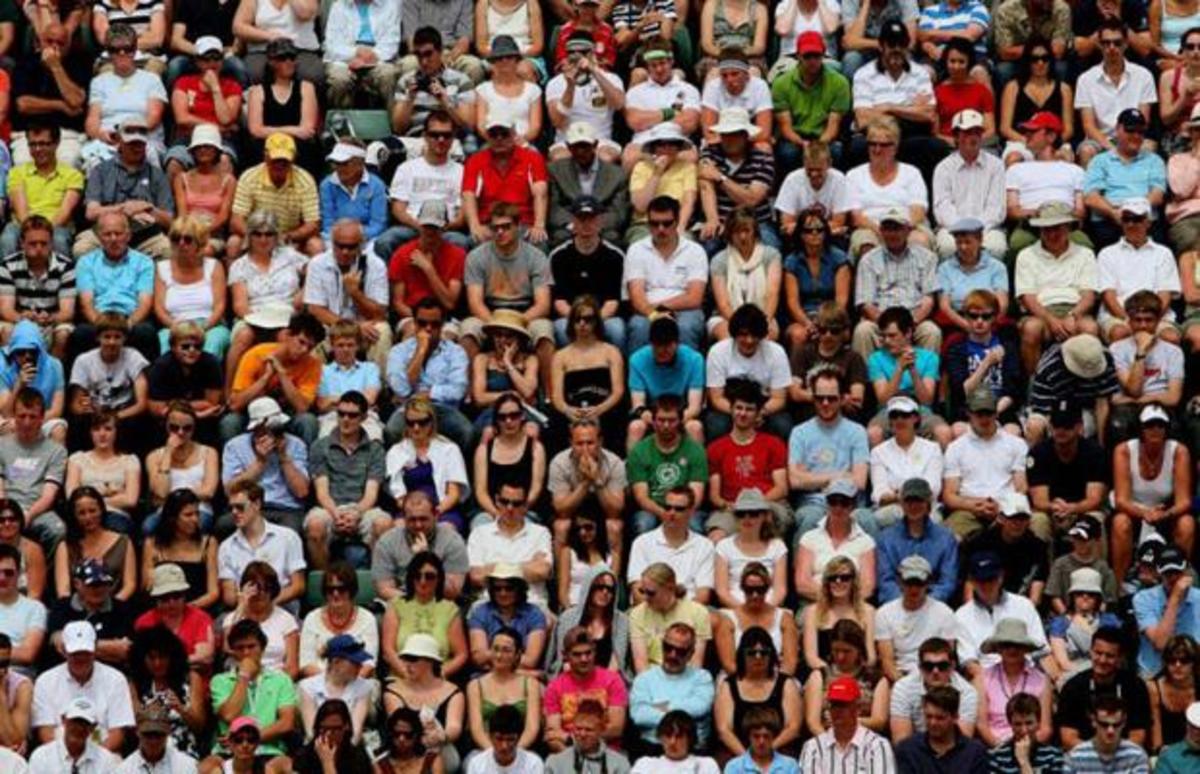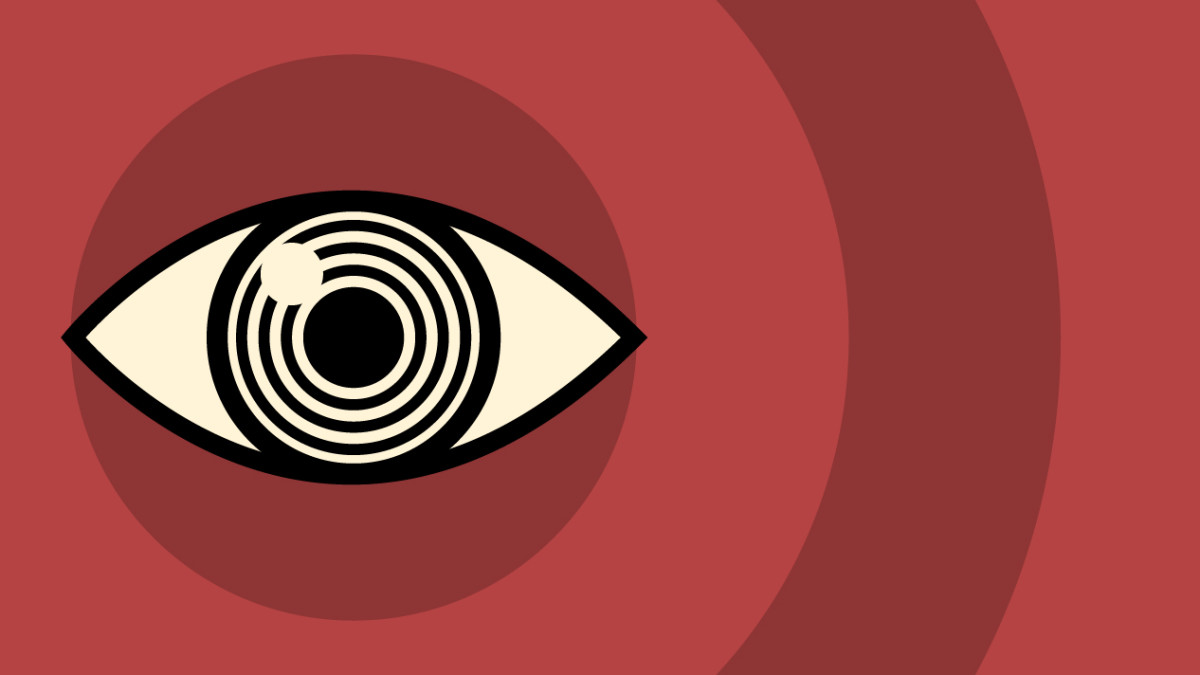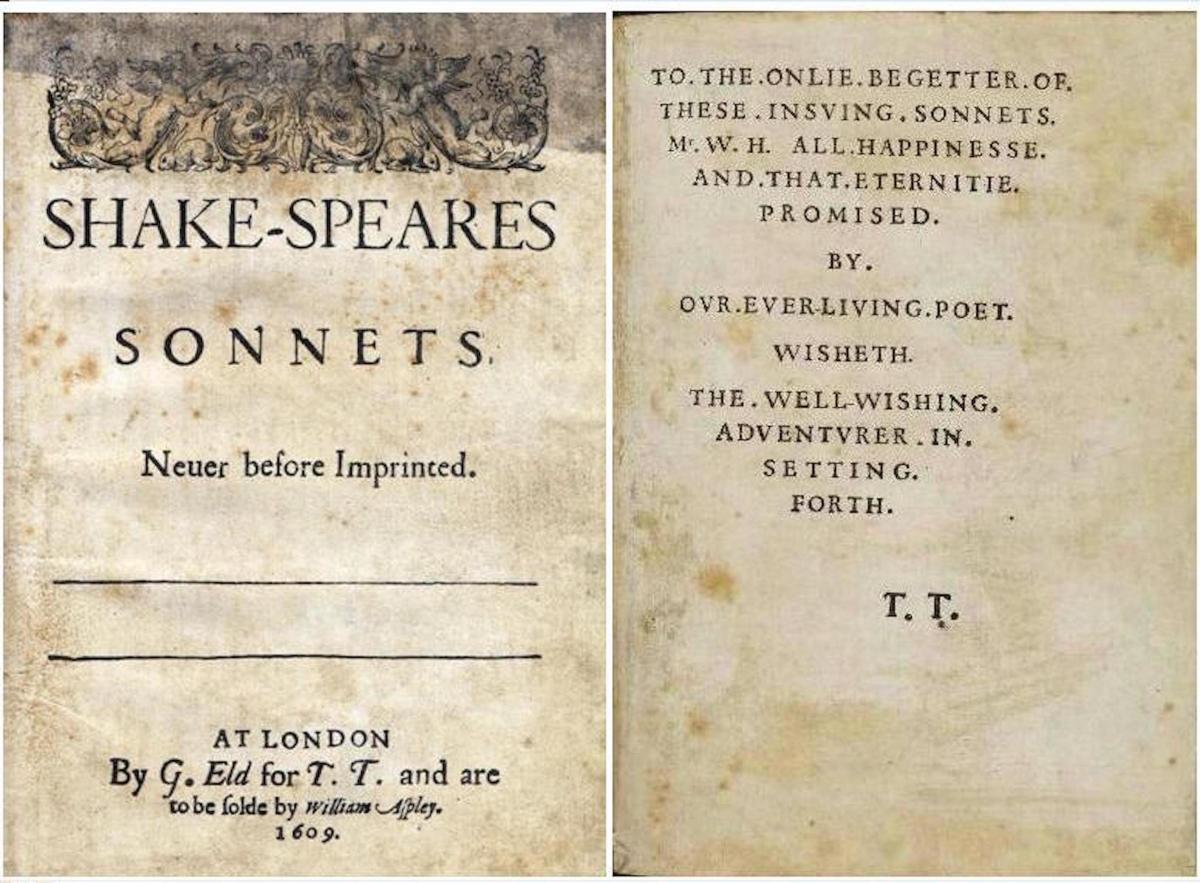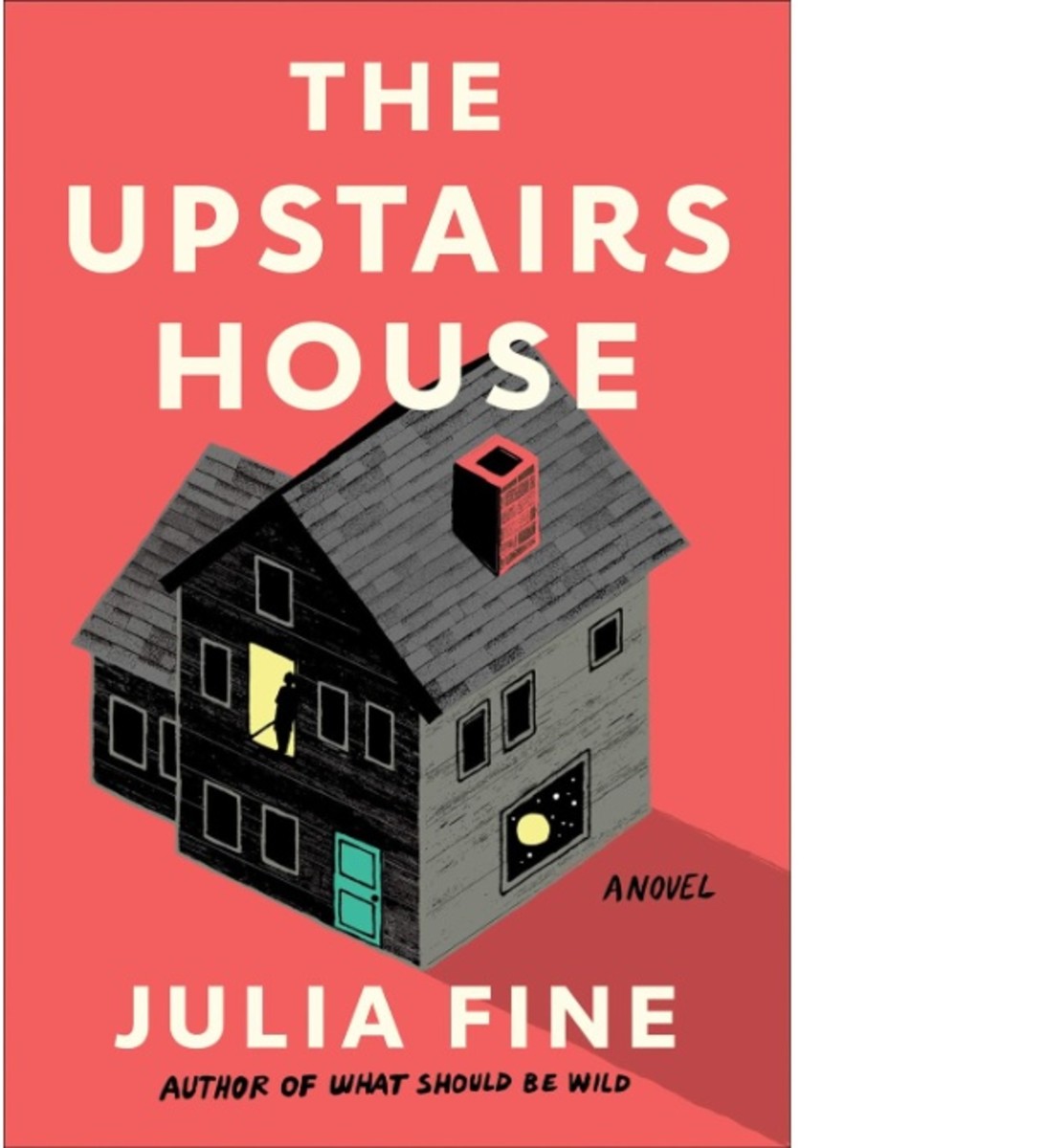The Bluest Eyes by Toni Morrison, an Analysis
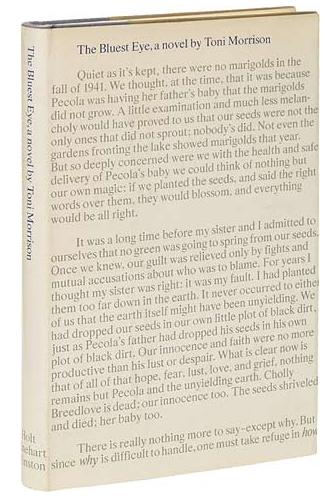
SHOP HANDCRAFTED JEWELRY ON FACEBOOK
- Excelsior Handcrafted Jewelry
Shop handcrafted, affordable, and unique jewelry online. Like our Facebook page to get updates on special offers and discounts.
The Bluest Eyes is a novel by Toni Morrison about a young African American girl named Pecola Breedlove living in the mid-1900s American society where racial prejudice against the black people is still very high. Pecola is darker than any other girl and is seen as ugly by most, this led her to believe that she is indeed ugly. It was through this premise that the novel was able to weave other social issues as racism, incest, stereotyping, prejudice, and social classes. By using vivid imagery, Morrison was able to present a very emotionally-charged novel that portrays American culture during the mid-1900s.
The most powerful human emotion that Morrison used constantly throughout the novel is desire. Desire is that strong feeling of yearning for something that goes beyond reason—something that is constant for almost all of the characters. Strong desire for acceptance has motivated and shaped the lives of the characters, in particular of sisters Frieda and Claudia, and Pecola.
The most consistent desire among the black characters is the desire for acceptance—either from the society or from their family. Pecola’s desire for acceptance was evident on the way she was willing to conform to society to the point that she would change her perception and worldview. This is best described during her trip to Mr. Yacobowski’s store. On her way to the store, she passed by some dandelions and as Morrison wrote: “why, she wonders, do people call them weeds” (41). She sees the beauty of the dandelion that the rest of the society does not see. But while in the store, Mr. Yacobowski relentlessly humiliates Pecola and in the end, Pecola, on her way back and upon passing the dandelions again now thinks that “they are ugly...They are weeds” (43). Besides the superficial that Mr. Yacobowski had easily influenced Pecola’s perspective, it is also symbolic on how Pecola sees herself.
Morrison has used the dandelion as a metaphor on how Pecola perceive herself. At first, she sees the hidden beauty that everybody fails to appreciate. But society—as symbolic of Yacobowski easily poisoned her mind and in the end decided that if everyone thinks that dandelion is weed, then it must be so. If everyone thinks of her as ugly and useless part of society, then it must be true. Thus, the desire of Pecola for beauty is actually rooted on her desire to be accepted. This desire is also best encapsulated when Claudia describe a new girl who joined their school, Maureen Peal. Highly envied by Frieda and Claudia:
“She enchanted the entire school. When teachers called on her, they smiled encouragingly. Black boys didn’t trip her in the halls; white boys didn’t stone her, white girls didn’t suck their teeth when she was assigned to be their work partners; black girls stepped aside when she wanted to use the sink in the girls’ toilet, and their eyes genuflected under sliding lids. She never had to search for anybody to eat with in the cafeteria—they flocked to the table of her choice.” (62-63).
I like this passage the most because it is all encompassing. The ‘entire school’ represents the whole of society’s perception regarding beauty. ‘Teachers’ represented the authority, government. Boy and girls meant that beauty not only blurs the distinction between races, but also commands respect and authority regardless of gender. Maureen was symbolic of the ideal beauty—a source of envy that every girl would dream to be like.
Pecola was the exact opposite of the social standard for beauty, thus her desire for beauty goes beyond skin-deep but also boils down to social acceptance. But by conforming to social stereotypes—by desiring to have the bluest eyes, she would finally be beautiful and she would no longer be ridiculed by the people in her community. But by conforming to the white standard of beauty Pecola have lost herself and her identity in the process and ended up more confused and miserable.
The passage is also symbolic of a deeper sense of beauty—of a beautiful life, a life lived beautifully through acceptance of society, authority, and of the people. That living a beautiful life would mean a life devoid of racism, prejudice, poverty, and stereotyping; where social acceptance does not hinge solely on social class but on the person’s character. That indeed is something to be desired for.
Other book analysis by renowned authors
Work Cited
Morrison, Toni. The Bluest Eyes. New York: Vintage Books, 2007.


